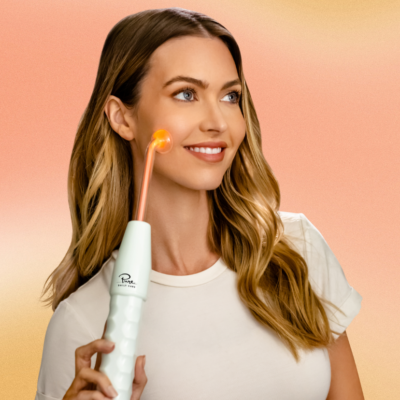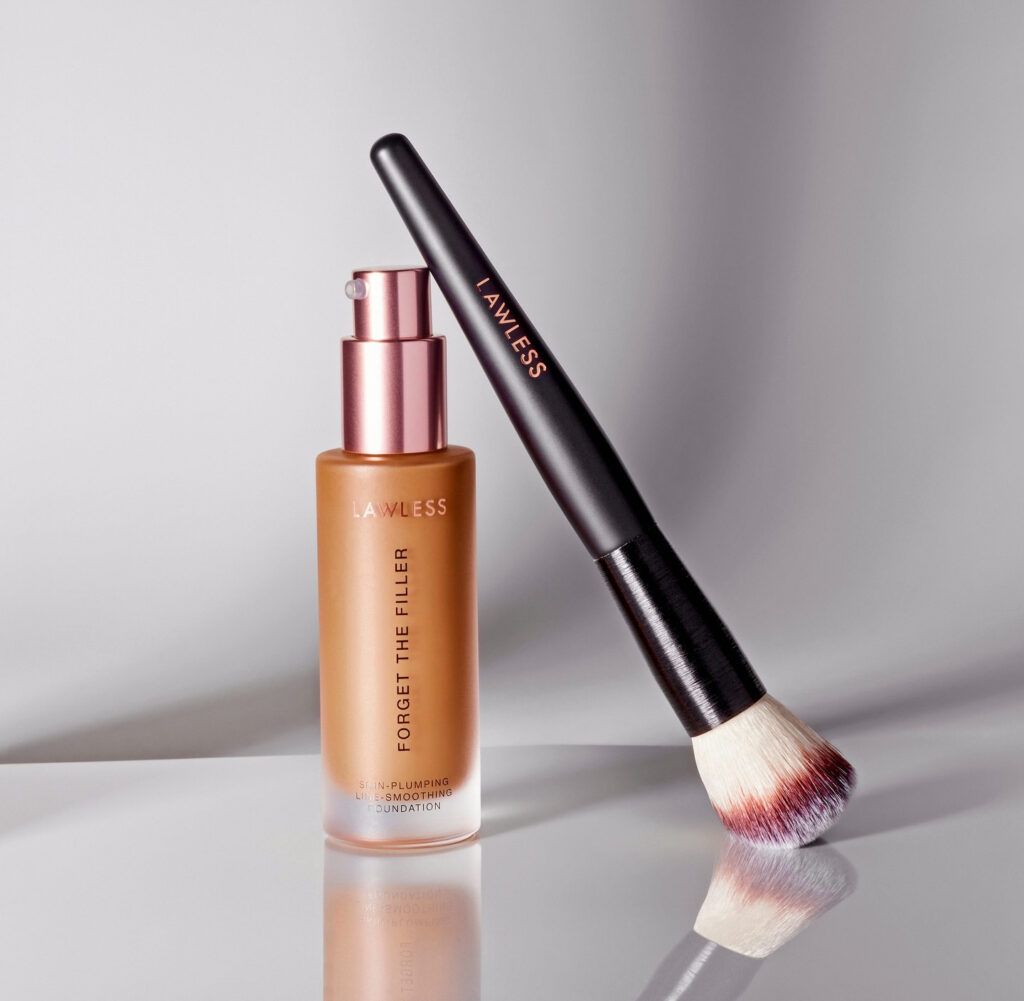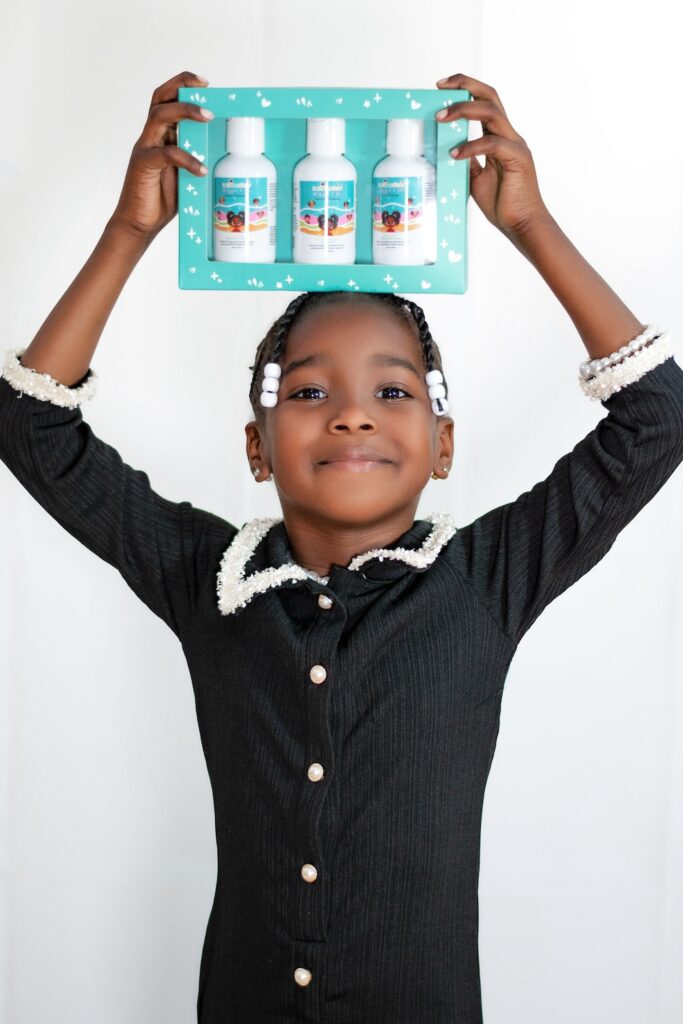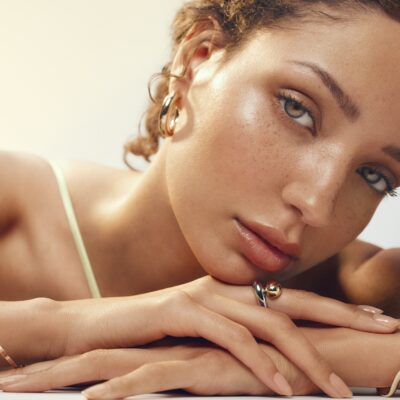Knowledge
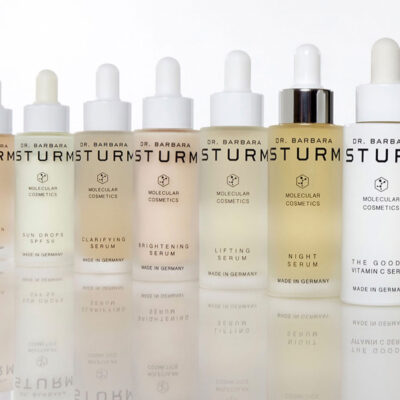
Bluemercury Co-Founder Marla Beck On What Every Brand Should Know About Raising Capital
Without too much money, a beauty brand can get started today by paying a contract manufacturer, producing a couple of stockkeeping units, launching a website, and setting up TikTok and Instagram accounts. The easy entry into...

What Growth Rate Is Achievable For Beauty Brands This Year?
In a recent tweet, Cody Plofker, CMO at Jones Road Beauty, wrote, “Growth is extra hard to come by this year.” Prompted by his post, for the latest edition of our ongoing series posing questions relevant...
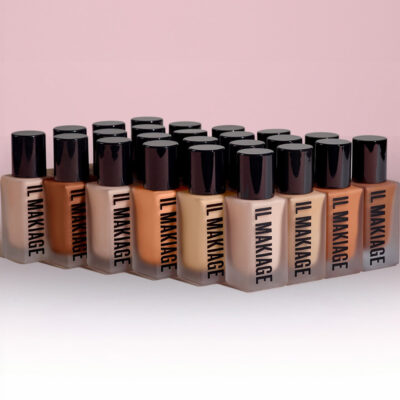
Is Oddity A Beauty, Tech Or DTC Company—And Does It Matter?
For a beauty company, Oddity is, as its name implies, a bit odd. The 5-year-old owner of haircare and skincare brand SpoiledChild and makeup brand Il Makiage may not really be a beauty company...
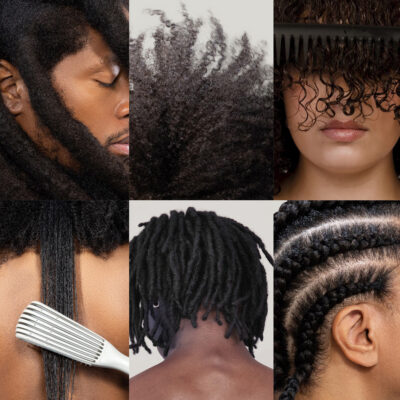
The Next Stage Of The Textured Haircare Market Is All About Addressing Customer Diversity
Procter & Gamble’s acquisition of Mielle Organics early this year represented a profound milestone not just for the two companies, but for textured haircare generally. It marked three of the four biggest beauty companies in...
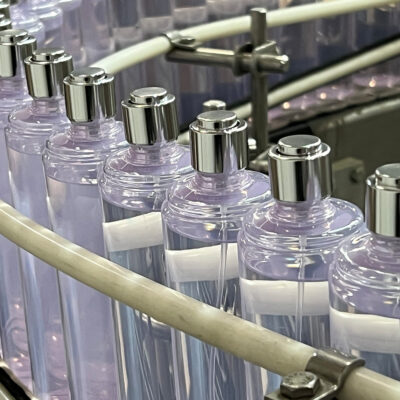
How Private Equity Is Remaking Beauty Manufacturing
After private equity firm Wind Point Partners-owned Voyant Beauty acquired competitor KIK Personal Care in 2020, the contract manufacturer ended an emerging brands unit dedicated to clients purchasing minimum order quantities under 5,000 pieces. “When you...
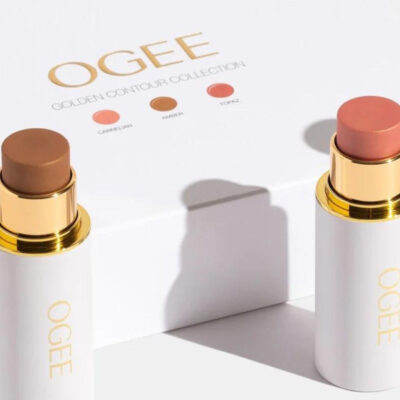
Ogee, Melanin Haircare And Kate McLeod’s Crawl-Walk-Run Approaches To Succeeding At Retail
As direct-to-consumer distribution has gotten trickier, beauty brands are crashing physical retailers’ doors, but brick-and-mortar distribution isn’t an automatic winner and failing at a big chain can spell the end of a brand.
